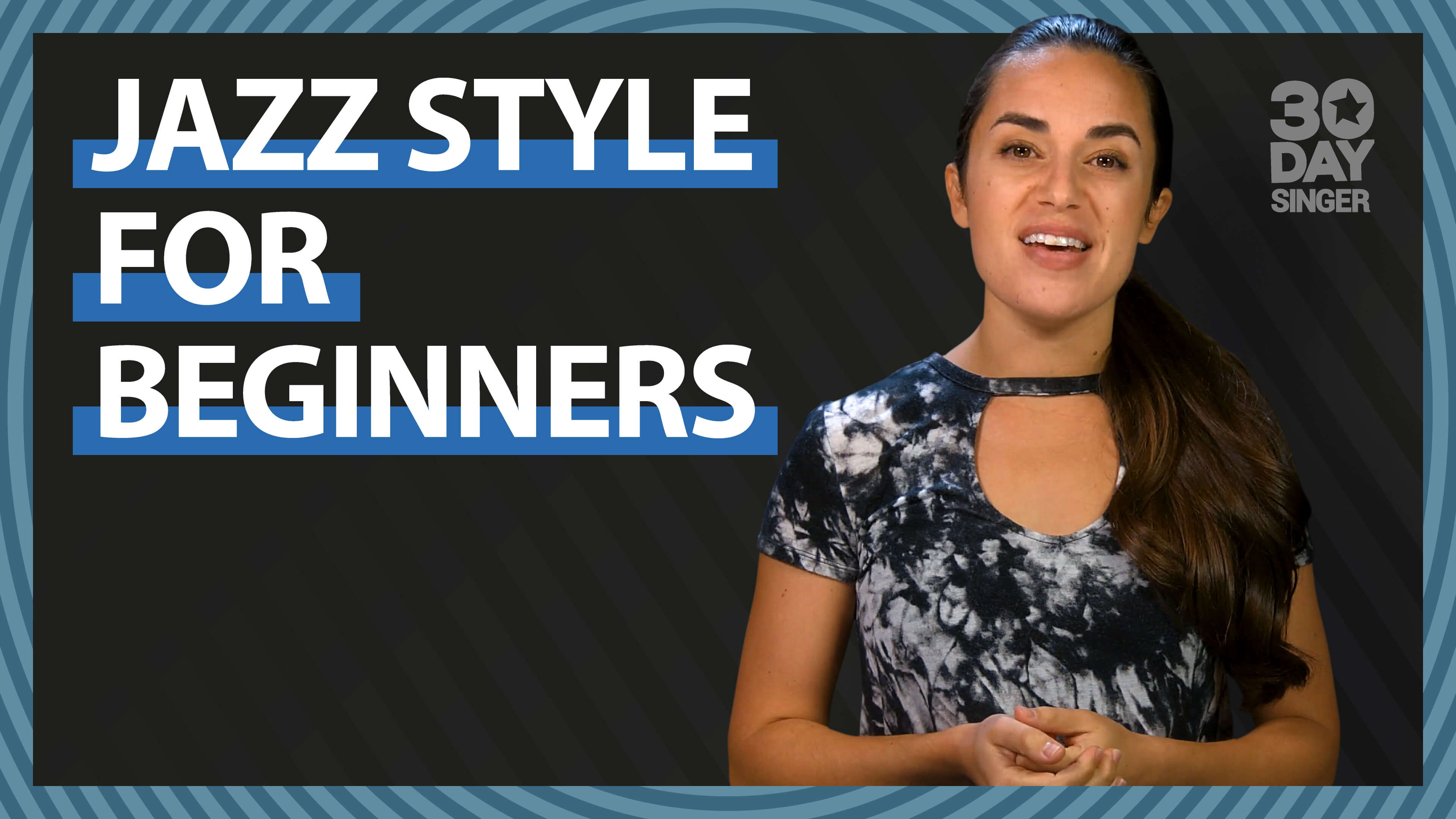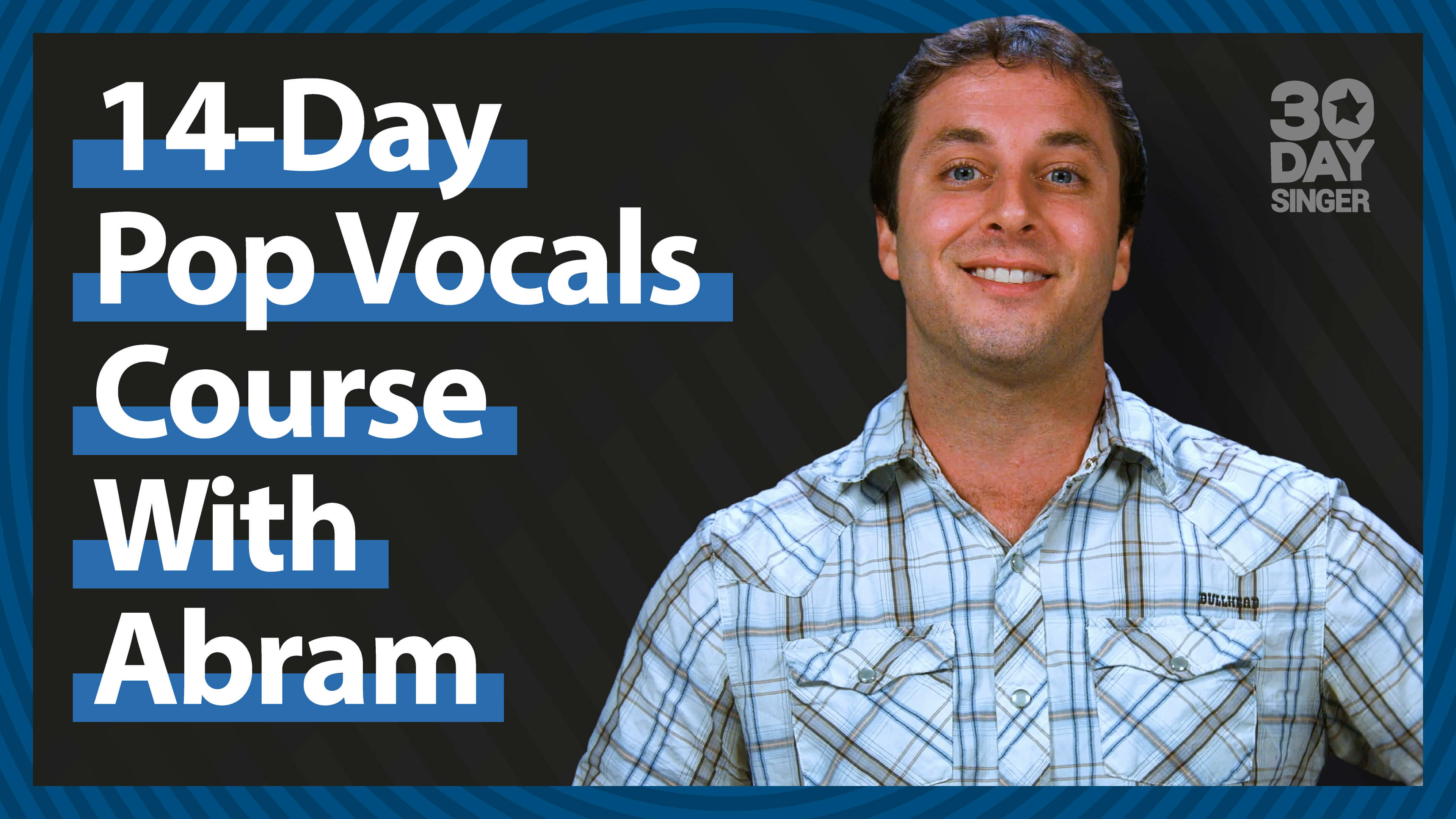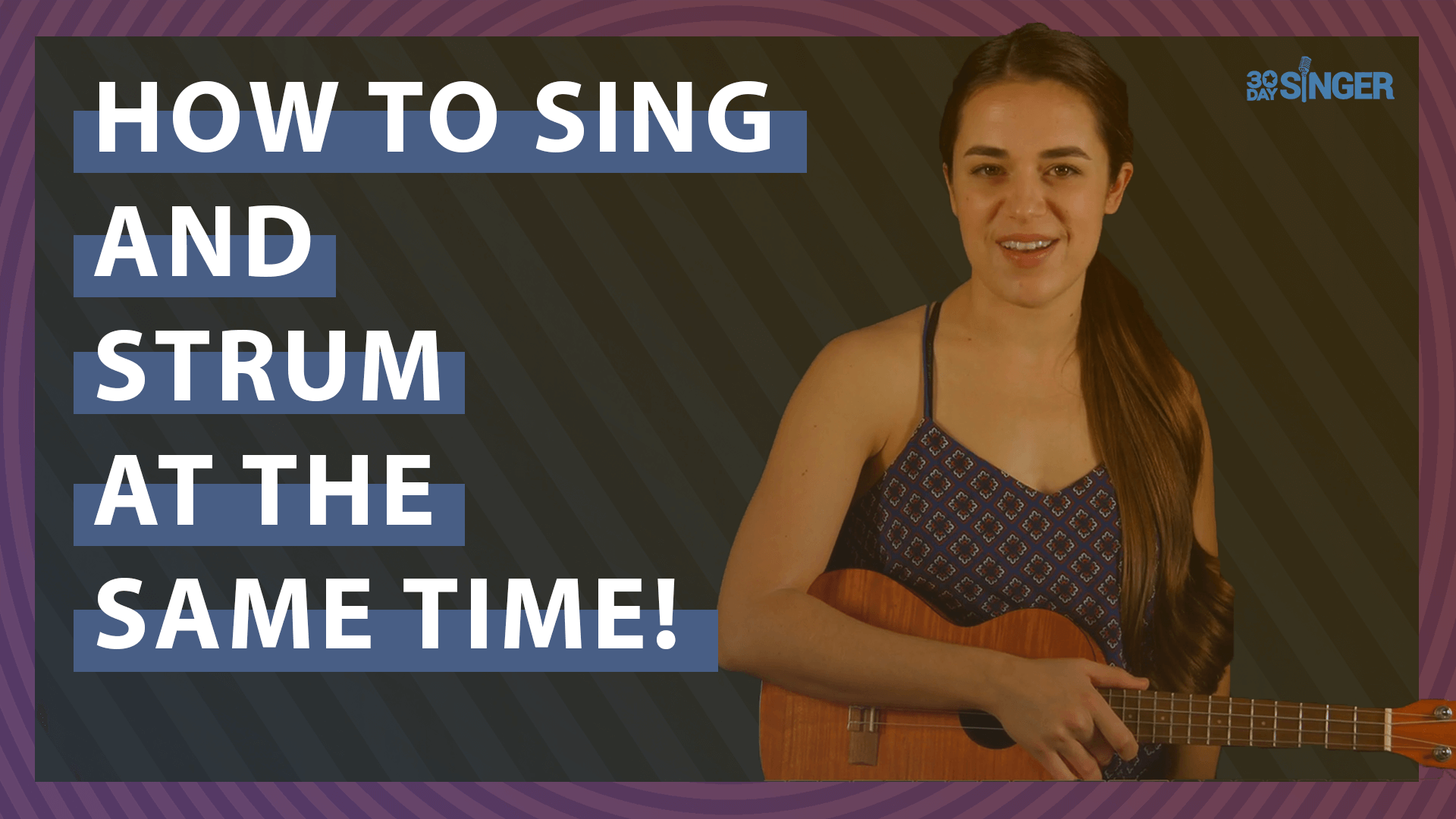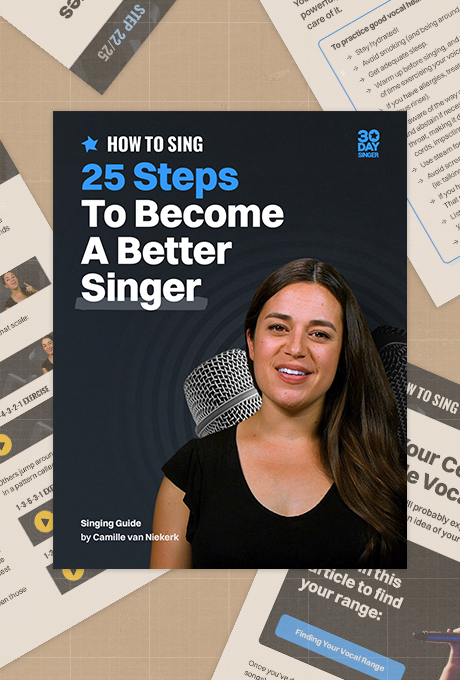Style and Performance
Welcome to the Style and Performance section of 30 Day Singer. As you grow comfortable with basic vocal techniques, these lessons provide a deeper focus around vocal stylization along with tips on how to perform like a pro! There are many styles of singing to explore and master, from pop, R&B, rock, classical, and country. Let us teach you how to sing in these styles with more ease for your next performance. After a few lessons you will find yourself singing with more confidence, poise, and with a signature style all your own.
TUTORIALS
How To Sing Classical
By Abram PoliakoffThis series is an entry into the world of classical singing. If you sing in a choir, you’ll use this technique constantly. If you sing pop, rock, r&b, or another seemingly unrelated style, you are encouraged to incorporate classical technique into your warm ups and vocal training!
Jazz Style For Beginners
By Camille van NiekerkIf you’re interested in jazz vocals, or just curious to see what it’s like, check out this lesson series on jazz style for beginners! We’ll cover three crucial elements of jazz singing and use some popular jazz standards to practice.
Applying Vocal Exercises To Song Work
By Camille van NiekerkMany singers have a hard time making the leap from vocal exercises to singing real songs. This lesson series will teach you exactly how Camille applies vocal exercises to song work, and how you can do the same!
14-Day Pop Vocals Course With Camille
By Camille van NiekerkDo you love pop? Then this is the course for you! This course focuses on our basic pop tone, agility, with exercises for falls & scoops, “turnarounds”, and riff patterns with up to 5 pitches. You will focus on distinct registration including falsetto, pop flips, and different types of onset, like vocal fry. We’ll use two mini-songs called “This is the time” and “Never leave you” to practice each technique.
14-Day Performance Course With Abram
By Abram PoliakoffThis course is designed to give you lots of tips and strategies to improve your ability to perform with ease and confidence. Even if you don’t plan on being a professional performing musician, learning to perform with charm and grace can be a skill that transfers to many other aspects of your life.
14-day Pop Vocals Course With Abram
By Abram PoliakoffDo you love pop? Then this is the course for you! This course focuses on our basic pop tone, agility, with exercises for falls & scoops, “turnarounds”, and riff patterns with up to 5 pitches. You will focus on distinct registration including falsetto, pop flips, and different types of onset, like vocal fry. We’ll use two mini-songs called “This is the time” and “Never leave you” to practice each technique.
How to Sing and Play Guitar / Ukulele at the Same Time
By Camille van NiekerkYou can sing, and you can play guitar or ukulele, but you can’t do them at the same time. If that’s you, this tutorial will break it down and take you step by step to build that coordination. Grab your instrument, and I’ll see you there.
How to Sing and Play Piano at the Same Time
By Camille van NiekerkYou can sing, and you can play piano, but you can’t do them at the same time. If that’s you, this tutorial will break it down and take you step by step to build that coordination. Get set up in front of your keyboard, and I’ll see you there.
Perform Like a Pro with Abram
By Abram PoliakoffAre you already a singer who regularly performs for an audience? Do you find it hard to find the right warm-ups to get yourself ready? Sometimes our best performance can be in the shower and yet we find ourselves distracted and disconnected when its time to get on the stage. Many professional singers have a warm up strategy to bring their “A game” when it counts most. In this tutorial you will find strategies and warm-ups to help you bring your best performance to your audience.
Singing Hacks To Make You Sound Like a Pro
By Camille van NiekerkPerfecting our skills can take time and determination. But is there a cheat code to help you along the way? Camille shares her singing hacks to help you sound like the pro's!
Frequently Asked Questions
Some great vocal warmups for singers start with gentle humming or lip trills to relax and engage your vocal cords without straining them. Then, work through some scales to gradually increase your pitch range and get your voice fully warmed up.
For a quick 5 minutes vocal warm up, try some lip trills or gentle humming for a couple of minutes. It’s effective and quickly preps your vocal cords for singing or speaking without overdoing it.
When your voice is sick, keep singing warmups light and gentle—like humming or low, quiet scales. Also, drink lots of warm fluids and rest your voice as much as possible.
Start with some light humming, followed by a few pitch glides (from low to high sounds) to get your voice comfortable. Finish with a few tongue and lip trills to help with articulation.
Two good vocal warm ups are humming and lip trills. These are super effective and easy vocal warm-ups that gently activate your vocal cords without causing strain. Both are great for starting any vocal exercise.
Breathing exercises and resonance drills, like humming and vocal slides, improve the quality and projection of your speaking voice. They help develop control and clarity, making your voice sound more confident.
Hydrate regularly, practice breathing exercises, and do daily warm-ups. Consistency with these habits will help your voice sound smoother and stronger over time.
To strengthen a weak speaking voice, practice deep breathing and speak from your diaphragm to add power. Also, try projection exercises like speaking in front of a mirror to boost confidence and clarity.
Focus on articulation exercises, like tongue twisters, and practice controlling your breath to avoid running out mid-sentence. Over time, these will improve clarity and help you speak with ease.
The four vocal function exercises are sustained phonation (holding a sound steadily), pitch glides (sliding between notes), lip trills, and staccato sounds on different pitches. They work together to strengthen and balance your vocal cords.












